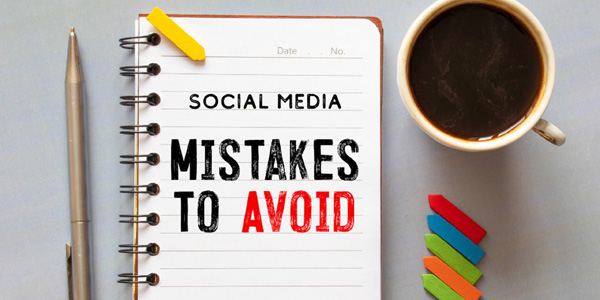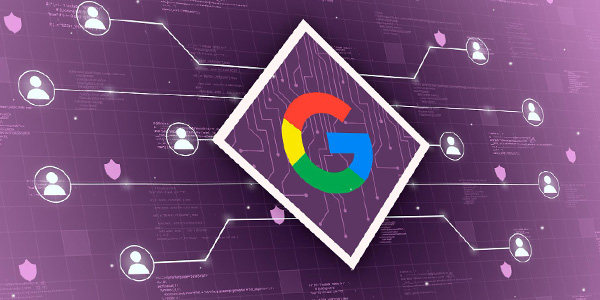Poor website speed can ruin the user experience. This is evident from the fact that more than half of the visitors expect sites to load within 2 seconds and consider leaving it immediately if the loading takes more than 3 seconds.
Before we jump into optimizing the site for desktops alone, we should also know that smartphones are used for 68% of all online retail sales. That means catering to the needs of mobile users is more significant to increase the overall user experience.
Google PageRank
Getting high PageRank from Google search engines will ensure a position close to the most coveted 1st page in SERP. In 2018, Google incorporated website loading speed as a Google PageRank criterion. That means if a site takes ages to load, it will rank less and, in turn, lose the place it deserves in the SERP. Besides, slower pages will receive less frequent crawlers from Google, which will affect the timelines of your updates of your site being displayed in the SERP.
What matters
All of the above matters only because they all boil down to one thing: conversion rate. For instance, in e-commerce sites, when it is slow, 78% of online shoppers hesitate to visit again, and more than 44% prefer to spew out bad reviews on the site. This is almost equivalent to a 7% decline in conversion rates per second increase in delay! Improving website performance can lead to a significant increase in conversion rate,
Even the seemingly invincible e-commerce giant, Amazon, has performed a series of tests in themselves and declared that for every single second increase in delay, they lose $1.6 billion per year!
Factors that affect website speed
Bulky Plugins
Plugins are the easiest route to a better user experience. The option to choose the right combination for a unique outlook could make your site stand out. However, the size and number of queries a plugin will run are at the plugin designer’s mercy. Using them as such could make the website code bulky and hence take too long to load.
Unoptimized Images
One can improve website performance by optimizing images. Using HD images can be tempting to use on a web page to grab attention like none. But one bust is ready to sacrifice the loading time for the best quality images.
Even though the link displays images from your site elsewhere, the bandwidth spent is from your account. This will congest your server and hence reduce your speed. Unmitigated hotlinks may even drain out all the bandwidth for the month. In that case, you will have to risk the complete shutdown of your site until the plan renews.
Low/mismatched bandwidth plans
A site’s server can host only limited traffic. When the number grows out of control, you must increase your bandwidth with your service provider. At times, sharing your server will not be feasible to hold the additional traffic. In that case, getting a server all for yourself may be required though it costs more. It is an absolute necessity.
Browser and cache
These are something the visitor should take care of to experience maximum speed. Keeping a browser up to date and ensuring the cache option is available will make sites load significantly faster.
What can be done to improve Website Performance?
Improved JavaScript and optimized plugins
Spending your money on a website designer with exceptional programming skills can pay off in the long run. Clearing up the unwanted queries and writing simpler codes while having a pleasant outwards appearance is a guaranteed way to improve speed. Designing custom plugins will also ensure they are not dragging the website’s loading time.
Using AMPs
AMPs (Accelerated Mobile Pages) are open-source HTML codes that can be used in web designing to make the mobile sites to load at least 75% faster than sites made without AMP. Since more than 63% of conversions occur via mobile interactions, investing in AMP is a wise choice as it can improve website performance and speed.
Prevent hotlinks
Keeping in mind hotlinks while coding a site will throw off this menace in the future. Coding in such a way search engines and certain sites do not discover the images will stop anyone from using the image URL for hotlinking.
Considering CDN
CDN (Content Delivery Network) is a network of proxy servers distributed in various geographic locations. Enlisting their services will make your international web visitors’ faster access to your sites as the servers are physically close to them. Otherwise, the signals have to reach your visitor from your server and travel worldwide, which increases the loading time like crazy.
Why us
Monarch Web World has been serving businesses to have a strong online presence for more than 8 years. Web designing and optimization are their areas of expertise. Utilizing their experience can be time saving and effective. Moreover, it is an all-round service provider, providing services ranging from Social media marketing to SEO. The diversity and experience alone can make choosing MWW the best choice you can make for your company.
FAQ
What are hotlinks?
Hotlinks or inline links are URLs that link to an image located on another website and another server. This URL will enable the image to be displayed on the site that used the hotlink. However, it will not be an infringing copyright act as it is just a link that displays an image on the site but not a copy of the image.
Why are hotlinks bad?
These links get their images from elsewhere. Thus, the bandwidth spent on the loading of the image is borne by the image’s host. To clarify, let’s assume an image in your site is hot-linked to a third-party site.
When your image is displayed on their site, though technically your image is seen, which is good, it does not earn you any visitors to your site and hence doesn’t help in conversion rates. Moreover, the bandwidth spent to display the image is taken from your account.
Thus, the third-party site exploits your bandwidth, server space, and copyrighted image without giving you any benefit.
When should I consider using a CDN?
CDN (Content Delivery Networks) is not for everyone. You may have to consider using it only when your visitors are from all over the world, saying to your blog on lifestyle. But if your site is all about local e-commerce or local service providers, then CDN is not required.
Why do I need to hire a professional?
Web designing can be tricky and resource-consuming. But no work is untameable with years of practice. That is exactly the issue. It takes time and experience to master the art of improving websites in terms of appeal, speed, and UI. And, it takes a life-long commitment to maintaining the site once created. That is why we recommend a professional service.
Read More: Create your dream website with our PSD to HTML conversion service













